Collection
Favorite Books I Read This Spring
I picked up and put down 26 books this last season, but here are my favourites.
A wonderful portrait of Hockney in lockdown and all his thoughts about art. Bought it last year and saved it for the next spring. Right book, right time. Just the lift I needed. Gorgeous art and beautiful writing. Loved it. (I quoted Gayford in the afterword for the 10th anniversary of Steal Like an Artist: “Once you start looking back, you have stopped moving forward; and what is proverbially said of sharks is true – at least metaphorically – of artists: if your forward momentum ceases, you die.”)
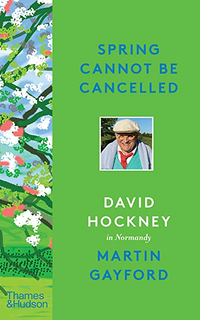
“Enjoy these aimless days while we can, I told myself, fearing some kind of deft acceleration.” White Noise won the National Book Award two years after I was born, but it felt like it could’ve been written yesterday. (Delillo was obviously inspired by Ernest Becker’s The Denial of Death, a book I read this winter.) I avoided it for years because it seemed like an MFA lit-bro favorite, but it turned out to be my favorite thing I read this spring. Two takeaways from that: 1) you can’t necessarily judge art based on its fans 2) The classics, even contemporary classics, are so much weirder and deeper than you even suspect!
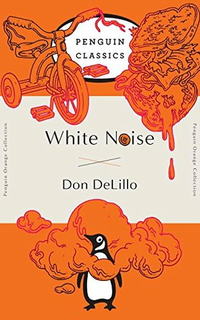
I biked over to Black Pearl Books to pick this up and had to put it on hold because it was so popular. Worth the wait: it hit upon so many of my interests — music, theft, stuttering, the creative (mis)use of technology, genius vs. scenius, etc. I do think it’s too long and could’ve benefited from cutting: The structure is so brilliant and it cruises in the beginning, but gets slowed down under swollen chapters towards the end. (As Sasha Frere-Jones pointed out, this is a good 400-page book that contains a brilliant 250-page book.)
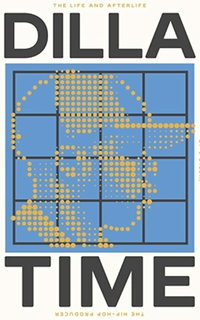
I’m fascinated by the way money can both bring stability and instability into our lives, so I wanted to read a philosophical book about money and its impact on community and culture. When I asked Twitter, this was the book the most people recommended to me. (I also liked Graeber’s Bullshit Jobs, though I think the original essay is just as powerful.)
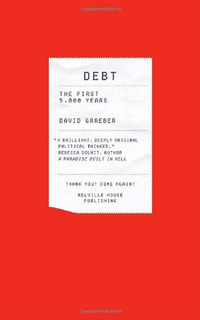
The proliferation of YA comics and non-fiction all-ages comics is, in my opinion, one of the more exciting publishing developments. Towards the end of the spring, I started picking up a bunch of stuff from our library’s “graphic novel” section. I liked the drawings in this volume a bit more than Cunningham’s Putin’s Russia: The Rise of a Dictator — I enjoy his stuff more when he stays more abstract in his drawings. Both books are quite timely and well-worth reading.
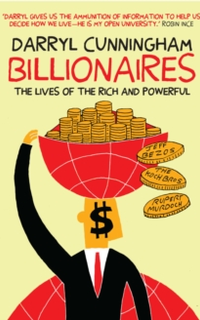
One of the best cartoonists working in nonfiction comics is Box Brown. A great example of someone who can really draw (I find his drawings really pleasing) who picks compelling and well-matched subjects. I recommend all of his books (once upon a time we did a gig together at Bookpeople) but this history of marijuana is him at his best.
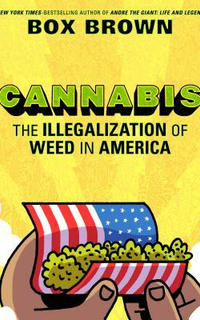
This is a delightful non-fiction comic book written by a team of neuroscientists and their author son. A perfect mashup of content and form and collaboration. (Paired extremely well with all the McGilchrist and reading on autism that I’ve been doing.) I really doubt a book like this would’ve been published 20 years ago — great example of what you can do with the form.
